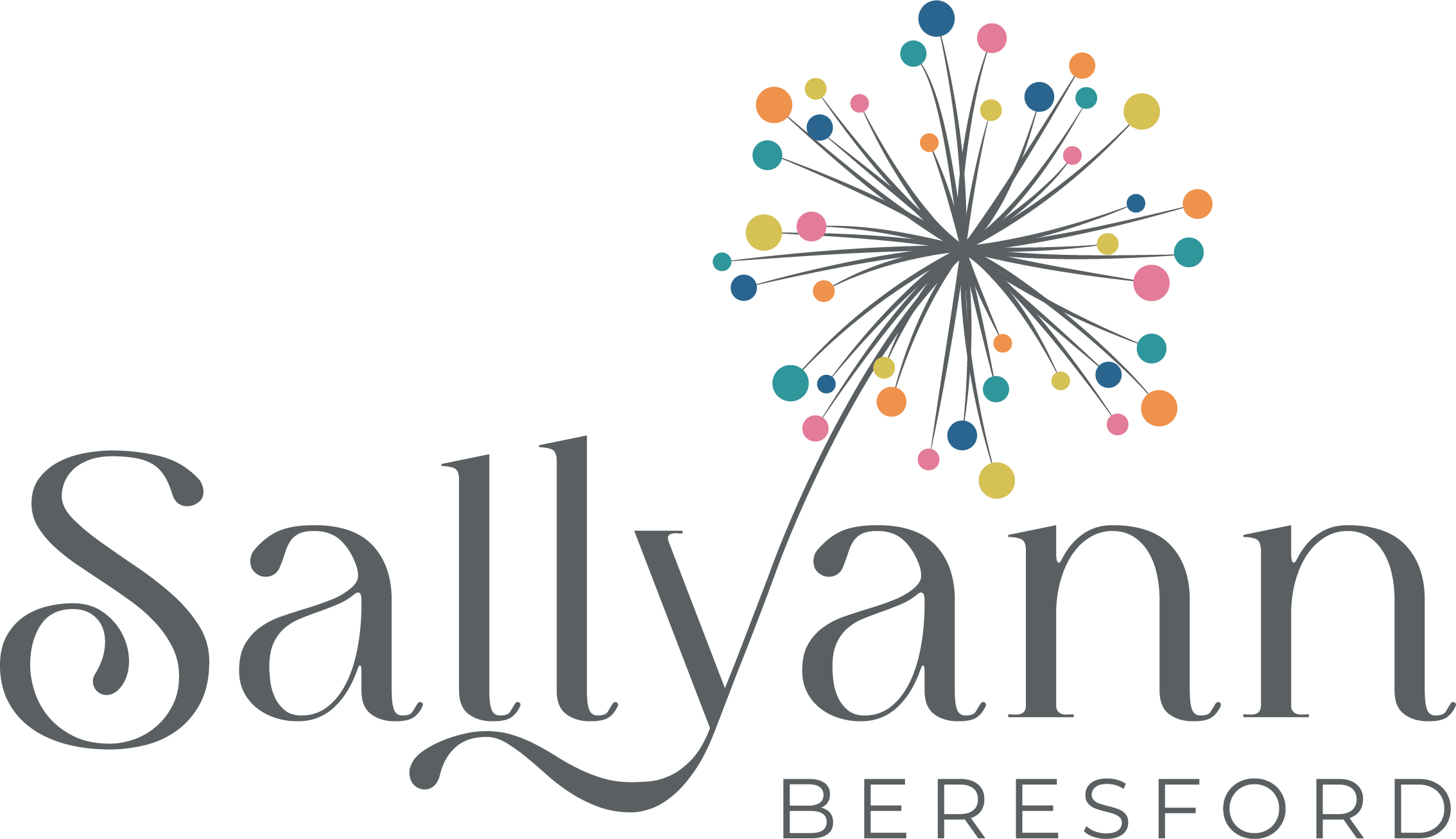
Breathing and relaxation techniques can be beneficial during labour and birth – to help manage the sensations felt during contractions, reduce any stress or anxiety you may be feeling, and to support you in having a more empowered birth experience.
Different techniques work for different people, and the best breathing and relaxation skills during labour and birth can vary based on personal preferences.
Here are some techniques I recommend:-
- Deep Breathing:
- Inhale slowly and deeply through your nose, allowing your belly to rise and expand.
- Exhale slowly and completely through your mouth, allowing your breath to be released fully.
- Wait for the pause between breaths to end, before allowing yourself to breath again.
- As you progress with this technique, focus on making your breaths slow and rhythmic. This helps increase oxygen flow and promotes relaxation.
- Vocal Exhales/Cleansing Breaths:
- Inhale deeply through your nose.
- Exhale with a sighing sound like Oooohh or Ahhhhh, to release tension and stress.
- Patterned Breathing:
- Establish a breathing pattern, such as counting to a specific number during each inhale and exhale. You can try inhaling for a count of four and exhaling for a count of six.
- Experiment with different patterns to find what works best for you.
- Visualisation:
- Imagine a peaceful place that you love. You can have a photo nearby to look at.
- Picture each contraction as a sensation that rises and falls – like a wave.
- Think of the words ‘Let’ on the Inhale and ‘Go’ on the ‘Exhale’ as you physically soften every muscle in your body.
- Visualise the progression of labour and think of words like ‘open’. Imagine your cervix ripening and softening and making space for your baby to pass through.
- Mindfulness Meditation:
- Focus your attention on the present moment.
- Pay attention to your breath, sensations, and surroundings without judgment.
- Progressive Muscle Relaxation (PMR):
- Tense and then slowly release each muscle group, starting from your toes and working your way up to your head.
- This helps release physical tension and promote relaxation.
- Massage:
- Gentle massage from a partner or a doula can help relax tense muscles.
- Use circular motions on the lower back or shoulders.
- Counter pressure on the lower back can also help alleviate discomfort.
- It helps to experiment with different massage techniques in pregnancy, to find what feels most soothing to you.
- Hydrotherapy:
- Warm showers or baths can be soothing and provide relief.
- The sensation of warm water can help relax your muscles and create a calming environment.
- Affirmations:
- Use positive affirmations to reinforce a sense of calm and confidence.
- Repeat phrases that resonate with you to stay focused and positive.
- Supportive Touch:
- Holding hands with a partner, having a supportive touch, or hugging can provide comfort and reassurance.
- Changing Positions:
- Experiment with different positions, such as walking, swaying, or rocking, to find what is most comfortable for you.
- Make yourself comfortable between contractions so you can soften, relax and conserve your energy.
- Gather props you might need to support you – like a peanut ball, cushions, mats to go under your knees and blankets.
- Focused Breathing During Each Contraction:
- Concentrate on your breath during contractions, breathing through them rather than tensing up.
- Focus on relaxing your jaw and shoulders during the sensations.
- Don’t be surprised if your breathing changes over the course of your labour as the sensations intensify.
- Ask your birth partner to remind you to breathe if you look like you are forgetting.
It’s essential to practice these techniques before labour so that they become familiar and can be easily incorporated when needed. Additionally, having a supportive birth partner, such as a spouse, family member, or doula, can enhance the effectiveness of these techniques.
Photo Credit Lisa @imaginative.pics
Here is a link to Episode 9 of my podcast where I specifically cover the topics of Breathing and Relaxation


